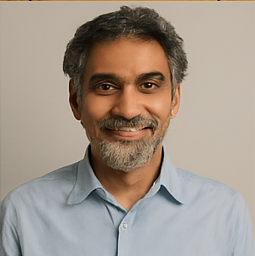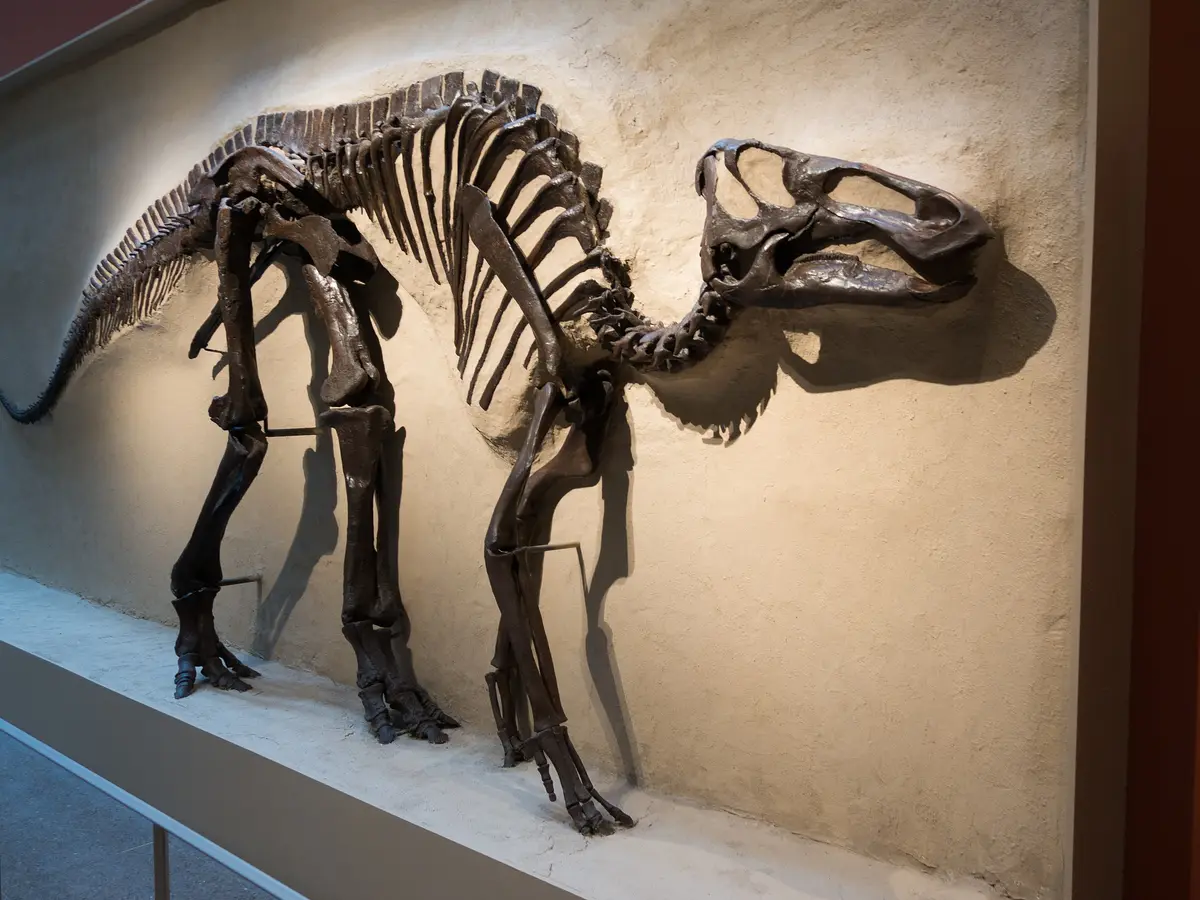Unbelievable Discovery: How Your Mom's Womb Affects Your Fertility!

Did you know that the fate of your future pregnancies was set even before you took your first breath? Yes, it all comes down to a crucial event that occurred while you were still a tiny fetus in your mother’s womb. The quality of the egg cells that were forming in your fetal ovaries plays a pivotal role in determining your reproductive health.
Neil Hunter, a professor at the University of California, Davis, explains this intricate process. He states, “If that goes wrong, then you end up with the wrong number of chromosomes in the eggs or sperm. This can result in infertility, miscarriage, or the birth of children with genetic diseases.” And that’s just the tip of the iceberg!
In a groundbreaking paper published in the journal Nature on September 24, Hunter and his team unveil a major discovery about how our biological systems safeguard against chromosomal errors. By meticulously piecing together the choreography of proteins that connect matching chromosome pairs, they’ve uncovered how these connections are crucial for the proper development of egg and sperm cells.
Using state-of-the-art genetic engineering techniques in budding yeast, a model organism renowned for its reliability in studying cellular processes, Hunter and his team have visualized the complex dance of chromosome recombination. Remarkably, the chromosome structures they studied have remained largely unchanged throughout evolution. “Every protein that we looked at in yeast has a direct counterpart in humans,” says Hunter, suggesting that these findings could significantly enhance our understanding of fertility issues in humans.
But what exactly is happening at a cellular level? Humans have 46 chromosomes, grouped into 23 pairs. These pairs align during the formation of sperm and eggs, breaking and rejoining to create a mix of parental genes. This process, known as “crossovers,” serves two vital purposes: it ensures genetic diversity and maintains chromosome pairing, which is especially critical for females.
As the egg and sperm cells develop, DNA strands are intertwined and form a structure called a “double Holliday junction.” This junction is where the magic happens, as these strands are subsequently cut, allowing crossovers to form. However, there’s a catch! While males produce sperm that divides immediately, females have egg cells that remain suspended in development for decades, only waking up for ovulation.
“Maintaining the crossover connections over many years is a major challenge for immature egg cells,” emphasizes Hunter. If these crucial connections fail, it’s like two people getting lost in a busy crowd—when the cell divides, the chromosomes can end up with extra or missing copies, leading to infertility or genetic disorders such as Down syndrome.
Hunter, with the help of his dedicated team, dove deep into the world of yeast to unravel this complex process. They developed a method called “real-time genetics” to visualize molecular events and identify key proteins that protect these junctions from premature dismantling. Their findings point to a protective protein that prevents an enzyme from breaking down these vital junctions before they can form crossovers.
This extensive research not only sheds light on fundamental reproductive biology but also holds the potential for revolutionizing our approach to diagnosing and treating fertility problems in humans. With funding from prestigious institutions like the National Institutes of Health, the implications of this research could be far-reaching for future generations.
In a world where fertility issues are becoming increasingly common, Hunter's discoveries offer a glimmer of hope, promising a deeper understanding of the biological mechanisms at play and paving the way for innovative solutions. Who knew that the foundation for your future could have been set while you were still in the womb?



























